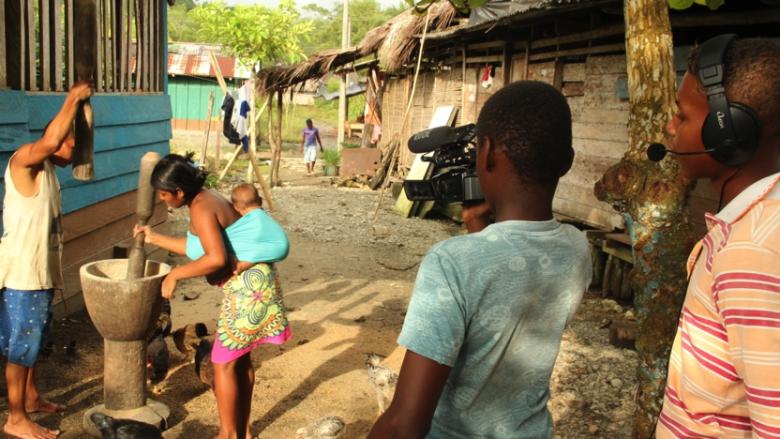Cuba’s geological evolution, climate, and insular geography led to highly diverse ecosystems with various endemic species. Nonetheless, declining forest cover and climate change hazards have threatened the country’s rich biodiversity. Moreover, CO2 emissions accelerate the impacts of climate change on ecosystems, in addition to harming human well-being.
To address these challenges, the Cuban government, with support from the Biodiversity Finance Initiative (BIOFIN) of the United Nations Development Programme (UNDP) and the Ecovalor project, established a payment for environmental services scheme that rewards carbon removal through sustainable forest management.
By March 2025, the scheme disbursed USD 238,000 (CUP 5,709,066) in payment for environmental services, associated with the removal of 999,473 tons of carbon across 12,646 hectares of forest. This initiative contributes to climate mitigation, ecosystem conservation, and the responsible use of natural resources in Cuba.


